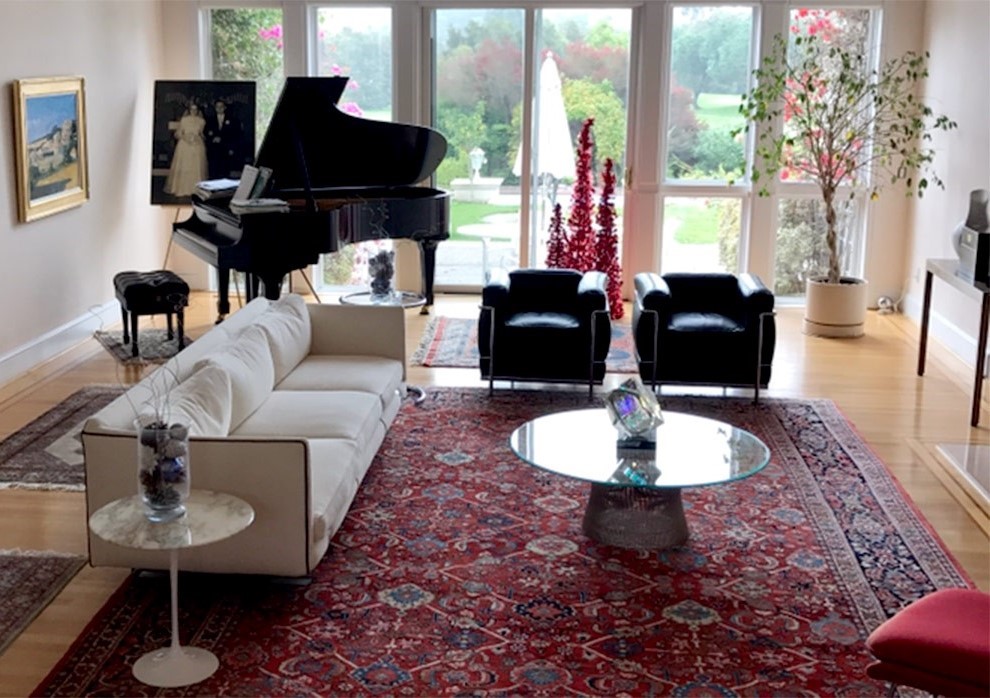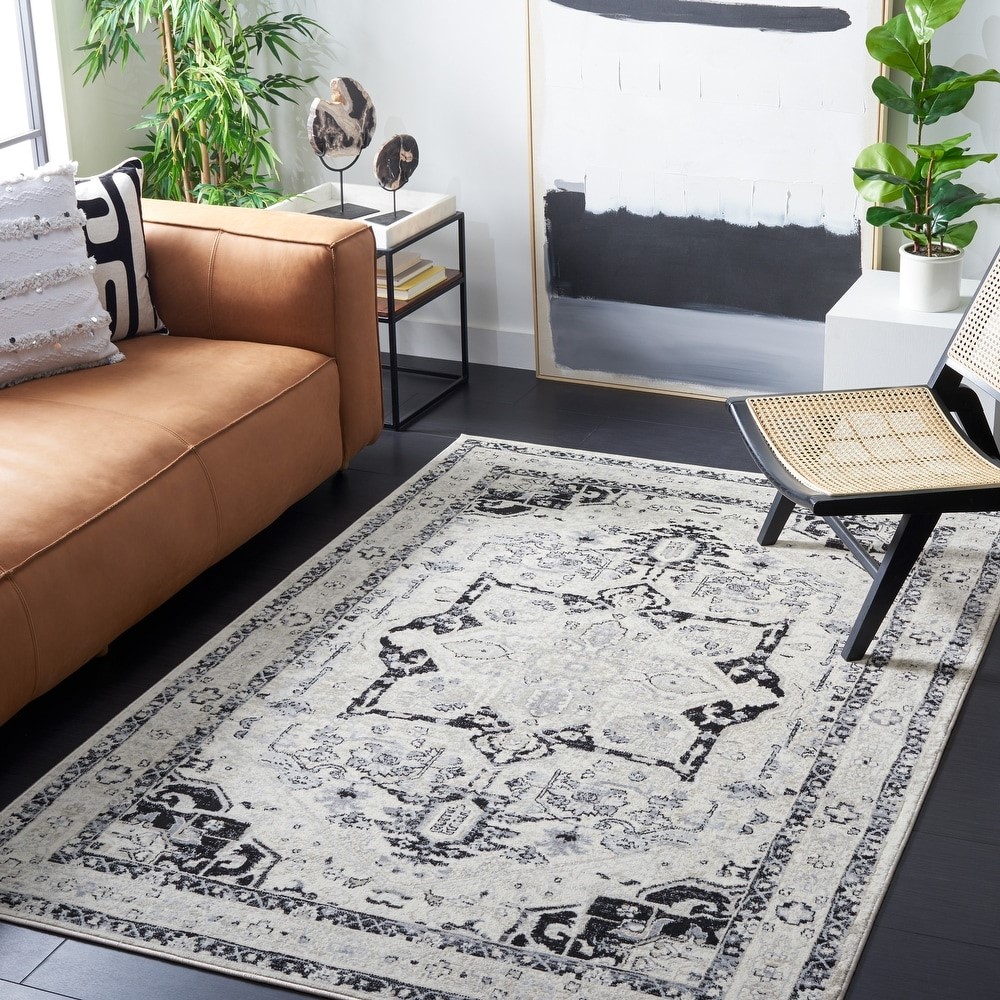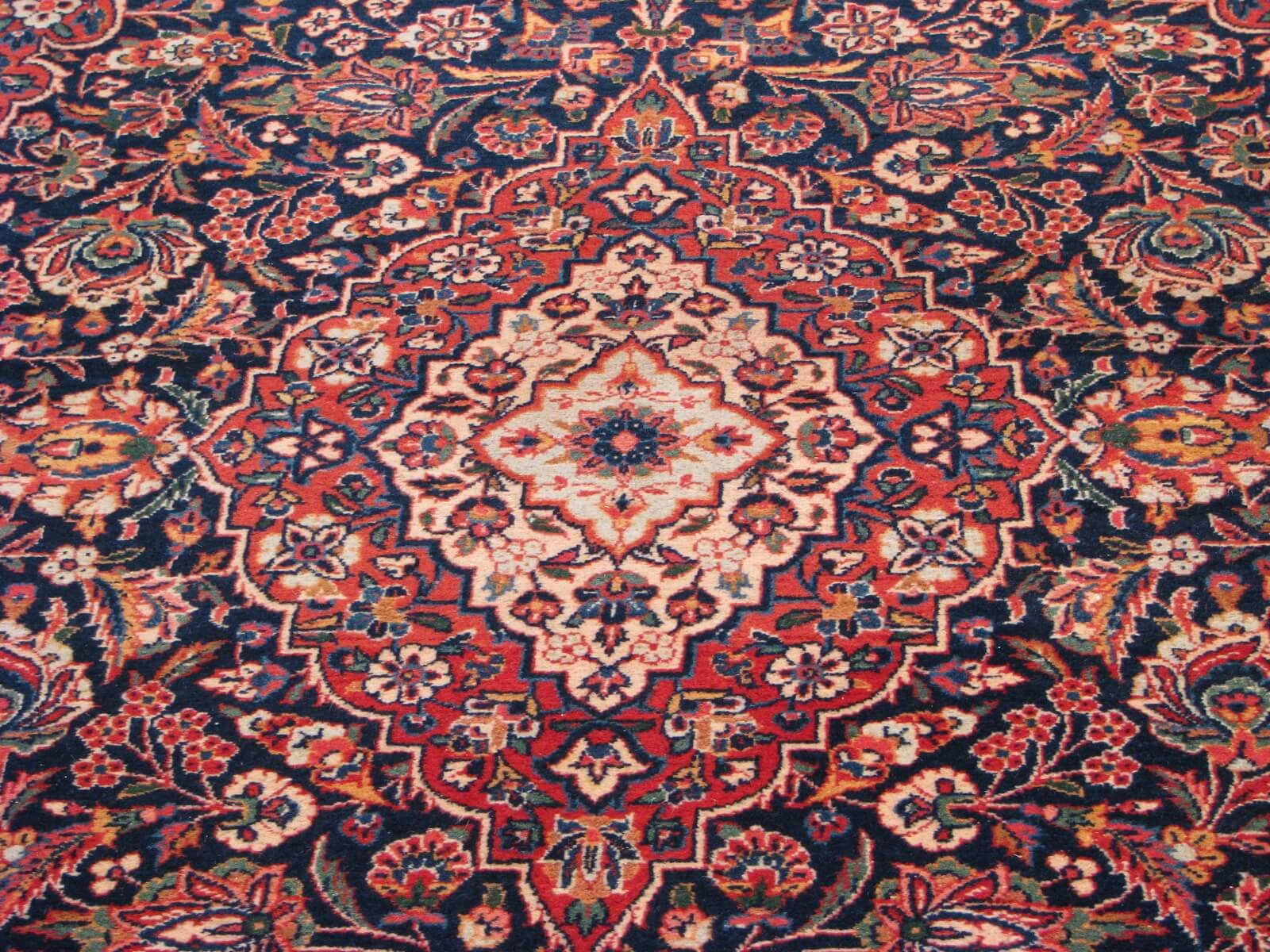Oriental rugs are a lovely and distinctive complement to any area in your house. Your house will seem cozy and welcoming thanks to its elaborate designs and astonishingly silky touch.
Many people are unaware of the wide variety of oriental rug types available including Oushak rugs.
Read on to learn more about the popular types of Oriental rugs.

What are Oriental Rugs?
Oriental rugs come in a wide range of varieties.
Due to their distinctive qualities, such as where they were made, how they were made, or how their designs look, certain rug kinds gain greater notoriety than others. You've arrived at the ideal location if you're thinking of purchasing an Oriental rug.
Any area in your house may be enhanced with oriental rugs like Oushak rugs, which are exquisite, intricate works of art.
There is undoubtedly an Oriental rug for sale in the market for you, whether you desire something more traditional or want a modern rug to fit your current interiors.
Nevertheless, it might be challenging to decide which option is better given the abundance of choices.
Continue reading to find out more about the most popular Oriental rug types and to discover which Oriental patterns best suit your taste and financial constraints.

1. Oushak Rugs
The little Turkish hamlet of Oushak, which is now just south of Istanbul, is where Oushak rugs first appeared. They were the preferred rugs of the Ottoman Empire and were known for their gigantic scale.
They are heavily influenced by Persian motifs.
The single Turkish knot is a very simple construction method used in Oushak rugs, yet they are incredibly attractive. They typically have a cotton foundation and are constructed of wool.
You can spot Oushak Rugs by:
- The patterns on Oushak rugs which are frequently based on geometric motifs with a center medallion painting, smaller all-over medallions, or sporadic sprays of vine scroll and palmettes.
- The colors of Oushak rugs have a tendency to be subdued earth tones like grey, saffron, ivory, apricot, cinnamon, and terracotta.
- A huge space gains outstanding tactility and gloss from an Oushak rug's brilliant, silky wool. For exquisite settings, Oushak rugs for sale are widely regarded and desired nowadays.

2. Tabriz Rugs
The Tabriz region in Northwestern Iran is where Tabriz rugs got their name. They are frequently enormous rectangular carpets designed to fit grand spaces or runners for lengthy halls.
All of these materials are soft and weavable in the Tabriz region, thus cotton, soft wool, and silk may be used to make the rugs. In contrast to several other Persian carpets, some of them have unusual forms, including octagon and hexagon versions.
Tabriz Rugs are renowned for:
- Their delicate texture and manual knotting method.
- Despite the knotting method, the pile has a silky feel.
- Along with the conventional medallions starting at the edges and flowing into the center of the rug, intricate hunting scenes or flower gardens are also common.
- The distinctive color scheme of Tabriz carpets features shades of white, terracotta, orange, deep copper, and burgundy.
- Only the horizontal threads are visible from the back of the rug due to the weft and warp weave pattern.

3. Kashan Rugs
Taking its name from the Iranian city where they were first produced, Kashan rugs are a particular kind of Persian rug. The predominant material used to create these carpets is silk, and the specific weave pattern is believed to have been developed in the sixteenth century.
Because Kashan is surrounded by desert, where there is little in the way of water or cover for the sheep, its wool was not always as soft as it is now.
This is how silk is made. Wool carpets frequently exhibited more brittleness and harshness.
The Safavid dynasty's rulers would travel to Kashan since it was a wealthy city.
Kashan's carpets were made with skill by experienced rug weavers utilizing vibrant designs, dyes, and patterned textiles to give them a luxurious appearance. The carpets were considerably more expensive because of how long the patterns had to be produced.
You can spot a Kashan rug by:
- Looking at the edge's bottom of the fringe. For Kashan carpets, the Senneh asymmetrical knot is typically used, but symmetrical knots are more common in other oriental rugs.
- In a medallion design that starts from the corners of the rug, rich hues like royal blue, crimson, and white are also prominent.
- To aid in the smooth feel and highlight the distinct designs, the pile of the rug is sometimes cut extremely short.
- The hefty, rich rugs highlight the opulent atmosphere.

4. Bijar Rugs
From the city of Bijar in Northwestern Iran, Bijar carpets are produced.
They are renowned for using vibrant colors and original, striking patterns. In contrast to typical Persian carpets, the designs frequently contain a detailed border of medallions or intertwined flowers instead of a huge fringe at either end.
A few distinctive qualities of Bijar carpets include:
- Rich reds, oranges, and yellows are produced by them using vegetable dyes.
- Two wefts are put between each row of knots in Gordie’s knot, a kind of Turkish knot that is used.
- The most durable of the oriental carpets, they get their design inspiration from earlier varieties of rugs with a tight weave and heavy body.

5. Kerman Rugs
One of the first varieties of Persian carpets was the Kerman, which came from South Persia in the 16th century and was prized and used in the houses of the affluent.
The tradition of manufacturing Kerman rugs was moved farther north after the hamlet of Kerman was decimated in a civil war in the 19th century.
Due to this change, Kerman rugs may also be referred to as Laver rugs.
Kerman rugs, one of the oldest kinds of Persian rugs, contain a few highly distinctive characteristics:
- Each knot has three twists, the first and last of which are substantially more tense than the middle. As a result, stability is guaranteed, and the weave pattern is clearly seen below.
- The rugs have a thicker texture than silk carpets since they are composed of silky Carmanian wool.
- 9 x 12 feet and 10 x 14 feet are the most popular measurements.

Which Rug Is Right for Me?
Whether you buy Oushak rugs or any other you won't be dissatisfied with whichever style you pick since oriental carpets are exquisite, distinctive, and beautifully crafted.
If your area is neutral, it's ideal to choose a rug that complements the accent colors in your house or, for a little more spice, locates something that speaks to you.
Whatever rug you pick from the Oushak rugs on sale and the several other types, take care of it by having it professionally cleaned and restored every few years so it keeps its beauty for a longer period of time.













